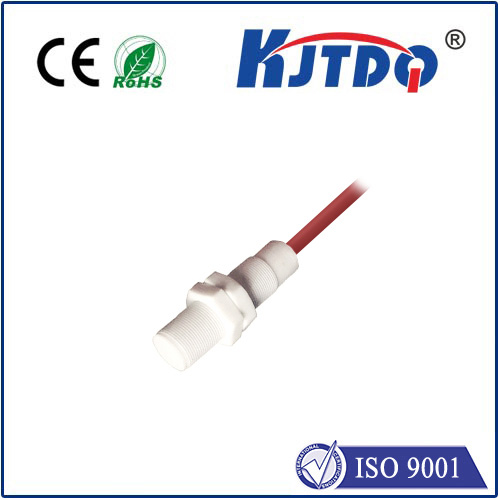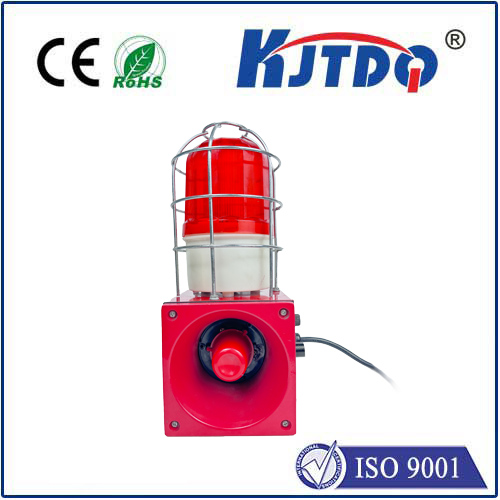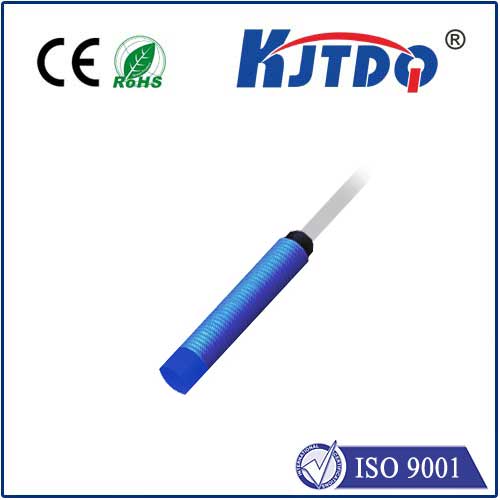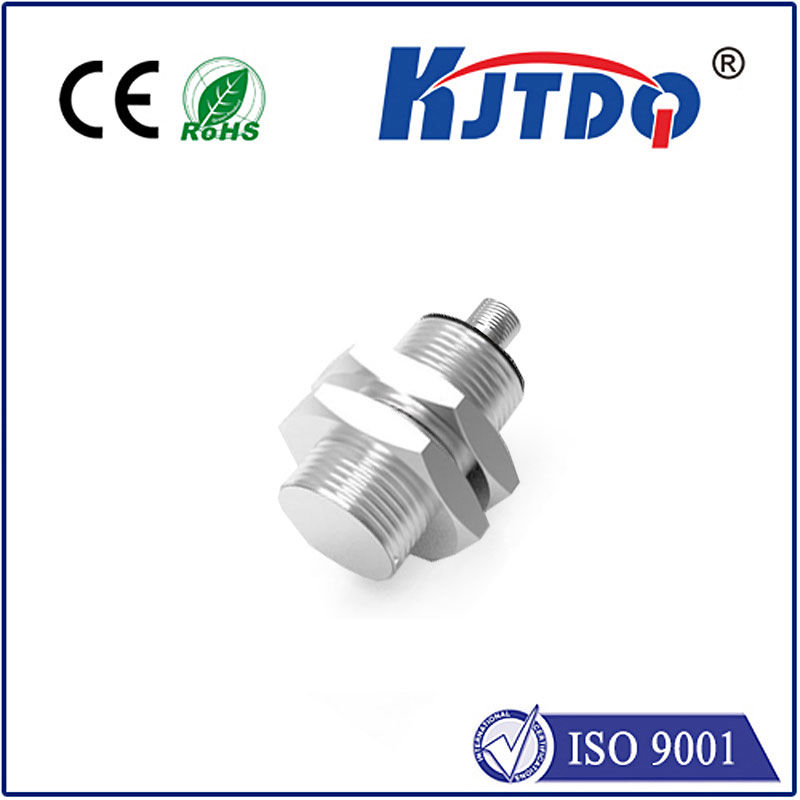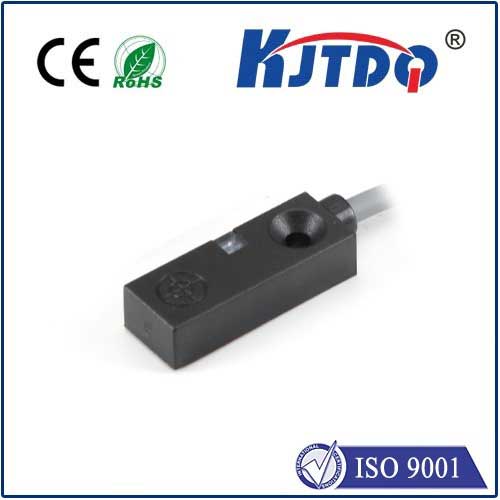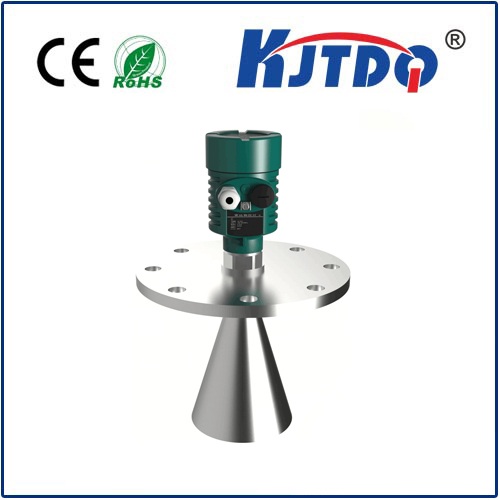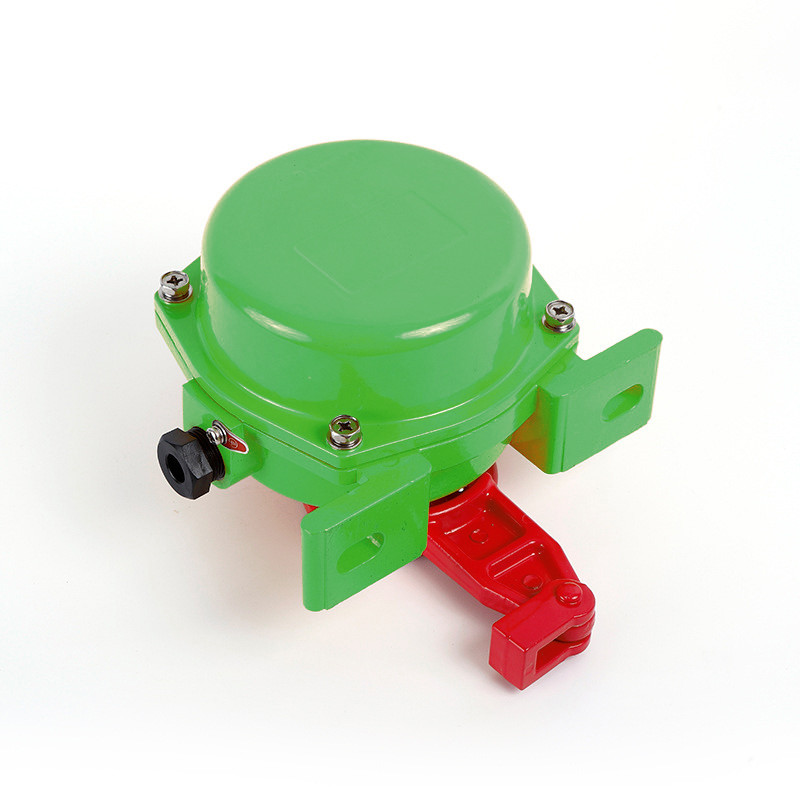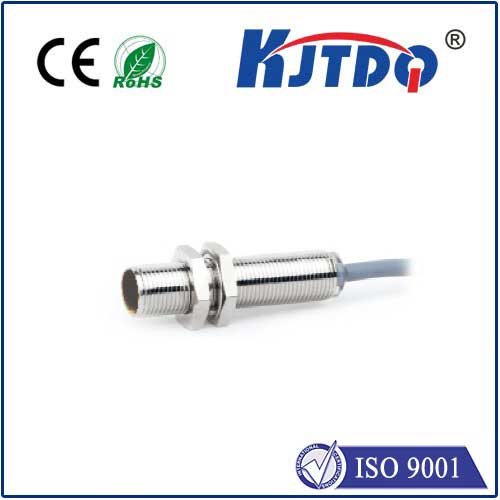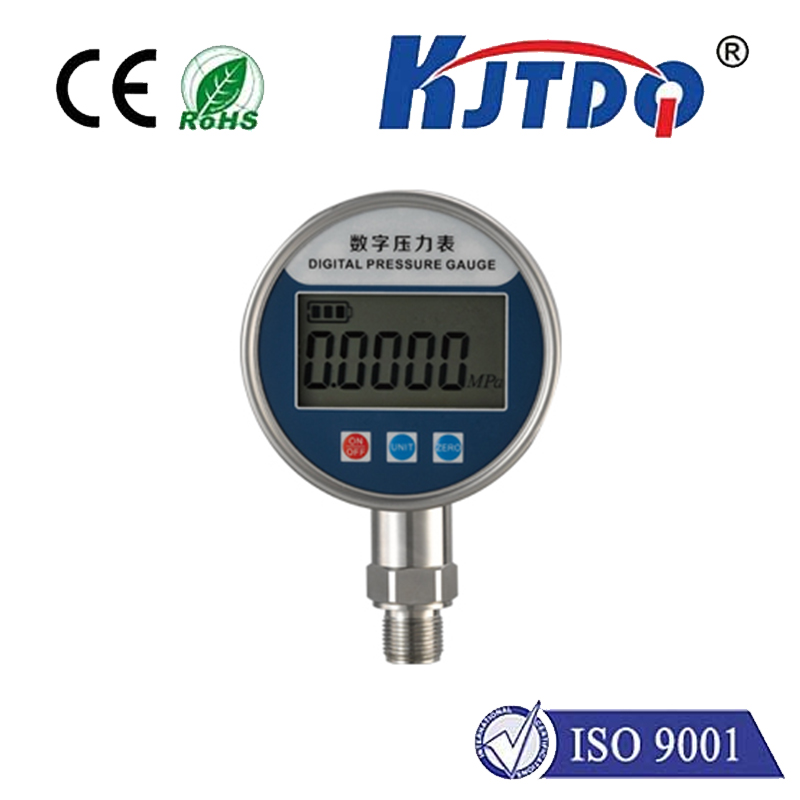
check

check

check

check
Title: Understanding the Sliding Door Limit Switch and Its Importance
The sliding door limit switch is an essential component in various industrial settings, particularly in automation and material handling systems. This article aims to shed light on what a sliding door limit switch is, how it works, and why it is crucial for efficient and safe operations.
What is a Sliding Door Limit Switch?
A sliding door limit switch is a type of sensor that detects the position or presence of a sliding door within a given system. It sends signals to control units when the door reaches specific points, such as fully open, fully closed, or partially opened positions. These switches are designed to withstand harsh environments and can be used in conveyors, elevators, rolling doors, and other applications where precise door positioning is required.
How Does a Sliding Door Limit Switch Work?
Sliding door limit switches typically operate on the principle of magnetic sensing or mechanical activation. In a magnetic sensing system, the switch contains a magnet-activated reed switch or hall-effect sensor that detects changes in the magnetic field as the sliding door moves past it. On the other hand, mechanical switches use an actuator arm or roller that engages with the sliding door's profile, triggering the switch at predefined points along its travel path.

Why is a Sliding Door Limit Switch Important?
The importance of a sliding door limit switch lies in its ability to provide accurate feedback to the control system about the door's position. This feedback is critical for several reasons:
1. Safety: Sliding door limit switches ensure that doors do not close on personnel or objects, preventing accidents and damage. They also signal if a door is obstructed, allowing operators to take corrective action before potentially dangerous situations arise.
2. Efficiency: Accurate door positioning improves operational efficiency by reducing downtime caused by misaligned or improperly functioning doors. It ensures that processes run smoothly without delays caused by door-related issues.
3. Automation: Sliding door limit switches enable automated processes by providing real-time data about door status to programmable logic controllers (PLCs). This data allows for seamless integration into complex automation routines, enhancing overall system performance.
4. Maintenance: Proper monitoring of sliding door positions through limit switches helps maintain equipment by identifying any wear or tear that might affect door operation. Early detection of problems leads to more efficient maintenance schedules and reduces long-term repair costs.
Application Examples of Sliding Door Limit Switches
To illustrate the practical significance of sliding door limit switches, consider their application in two scenarios:
1. Warehouse Conveyor Systems: In warehouses, conveyors often use sliding doors to divert products to different sections based on sorting criteria. The limit switch ensures that these doors open and close correctly, directing goods efficiently without jamming or misrouting them.
2. Elevators: Elevators rely on precise door controls for passenger safety and convenience. Sliding door limit switches confirm when the elevator doors are securely closed before the elevator can move, thus preventing injuries from happening due to premature movement while passengers are entering or exiting.
Conclusion
In conclusion, sliding door limit switches play a vital role in ensuring the safety, efficiency, and reliability of various industrial operations. By providing accurate feedback on door positions, they support automated systems, enhance maintenance protocols, and protect against potential hazards. As technology continues to advance, the importance of these switches will likely grow, making them an essential investment for any facility that relies on sliding doors for their daily operations.
